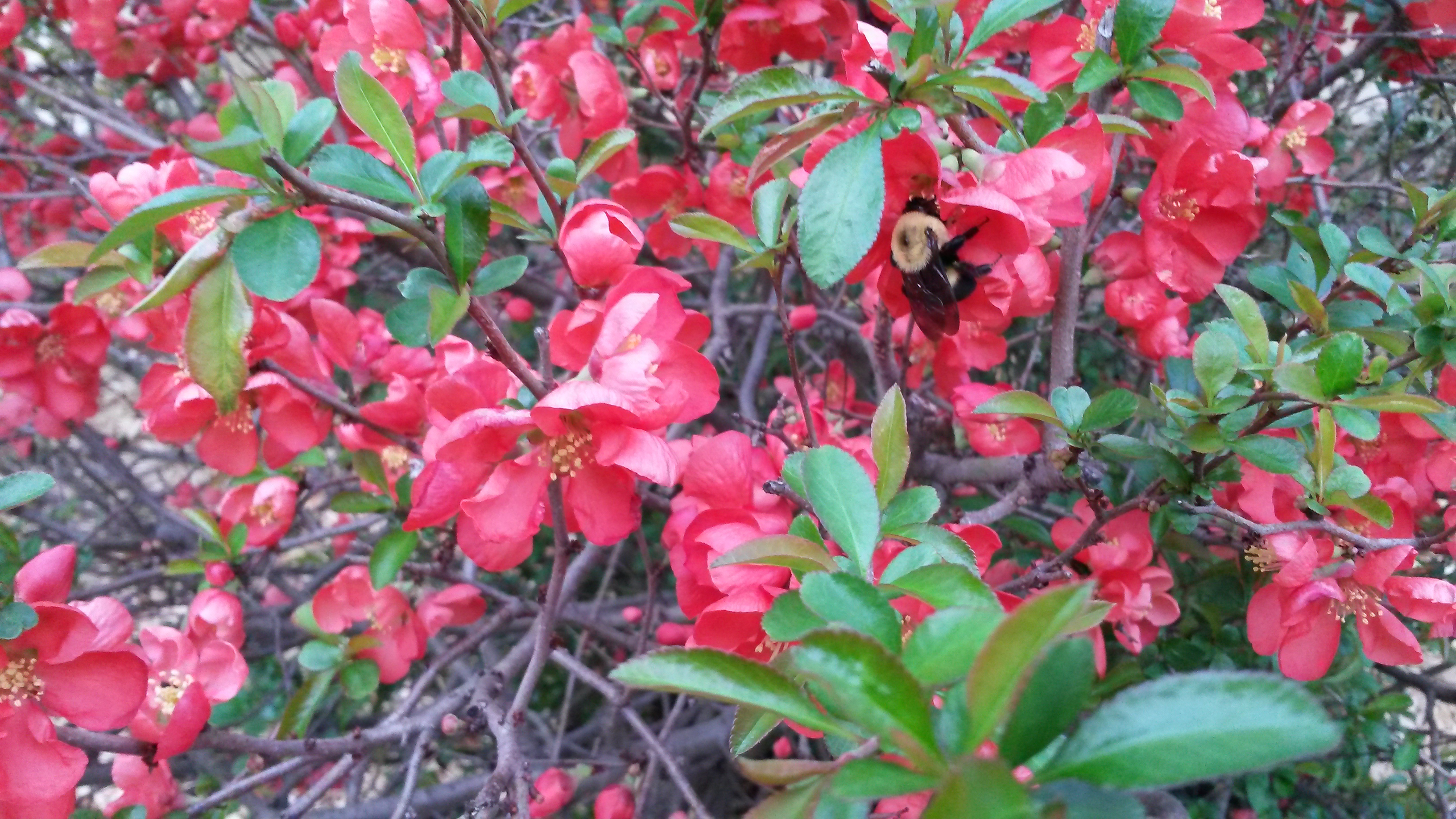Pollinating Good Ideas: Part One - It Starts In Your Own Backyard
Posted: Tue-Apr-2020
Garden and Planting Tips From The Experts For Your Use

Pollinator Flowers at The Buckingham Inn, Madison
Pollinating Good Practices
Did You Know: Nearly 90% of flowering plants, including many crops, need a pollinator to reproduce. As much as one-third of our food supply relies on the work of bees, and pollinators are at the heart of resilient ecosystems. That’s according to the Xerces Society, an international nonprofit organization that protects the natural world through conservation of pollinators and their habitats. Their “Bring Back the Pollinators” campaign is based on four principles, which you can easily adapt to any location:
- Grow a variety of pollinator-friendly flowers to provide the nectar and pollen bees need
- Provide shelter. Ensure there are nest sites for bees, host plants for caterpillars, and places pollinators can overwinter
- Avoid using pesticides, especially insecticides, because they are harmful to pollinators.
- Spread the word by talking to your friends and neighbors.

Bee Pollinating in flower blooms at Apple Tree Lane B&B, Waupaca
Choose Native Plants
According to the Wisconsin Horticulture Division of Extension, University of Wisconsin-Madison, bees are the most important pollinators for many plant species, and they feed almost exclusively on pollen and nectar. There are approximately 400 verified species of bees in Wisconsin. Here are planting tips to attract bees and butterflies:
- Provide a variety of colors of native fragrant plants that will bloom from early spring (when some bees start to emerge) to late fall (when some bees such as bumblebee queens are preparing to overwinter). Here’s a suggested plant list from the Xerces Society specific to the Great Lakes Region.
- Plants that are especially good for bees include pussy willow, plum, cherry, blueberry, New Jersey tea, American basswood, wild lupine, anise hyssop, purple prairie clover, pale purple coneflower, wild bergamot, Culver’s root, butterfly milkweed, woodland and prairie sunflower, prairie blazing star, great blue lobelia, showy and stiff goldenrods, and smooth blue aster.
- In addition, common garden herbs such as spearmint, oregano, sweet marjoram, basil, borage, lavender and catnip/catmint are very attractive to bees.

Pond with Lavendar, a bee-friendly herb, at Cameo Rose Victorian Country Inn, Belleville
Did You Know: According to the Wisconsin Pollinator Protection Plan, gardens with native plants tend to attract more bee species and support more butterfly and bird species than those dominated by introduced ornamentals or highly modified flowering plants. Many native plants are also drought-tolerant and do not require fertilizer. A special note about monarchs and milkweed: Monarch butterflies rely on milkweed to complete their life cycle and there are 13 species of milkweed native to Wisconsin.
Keep checking back to the WBBA Blog for Part Two coming soon!

Are you ready to Seek the Unique?


